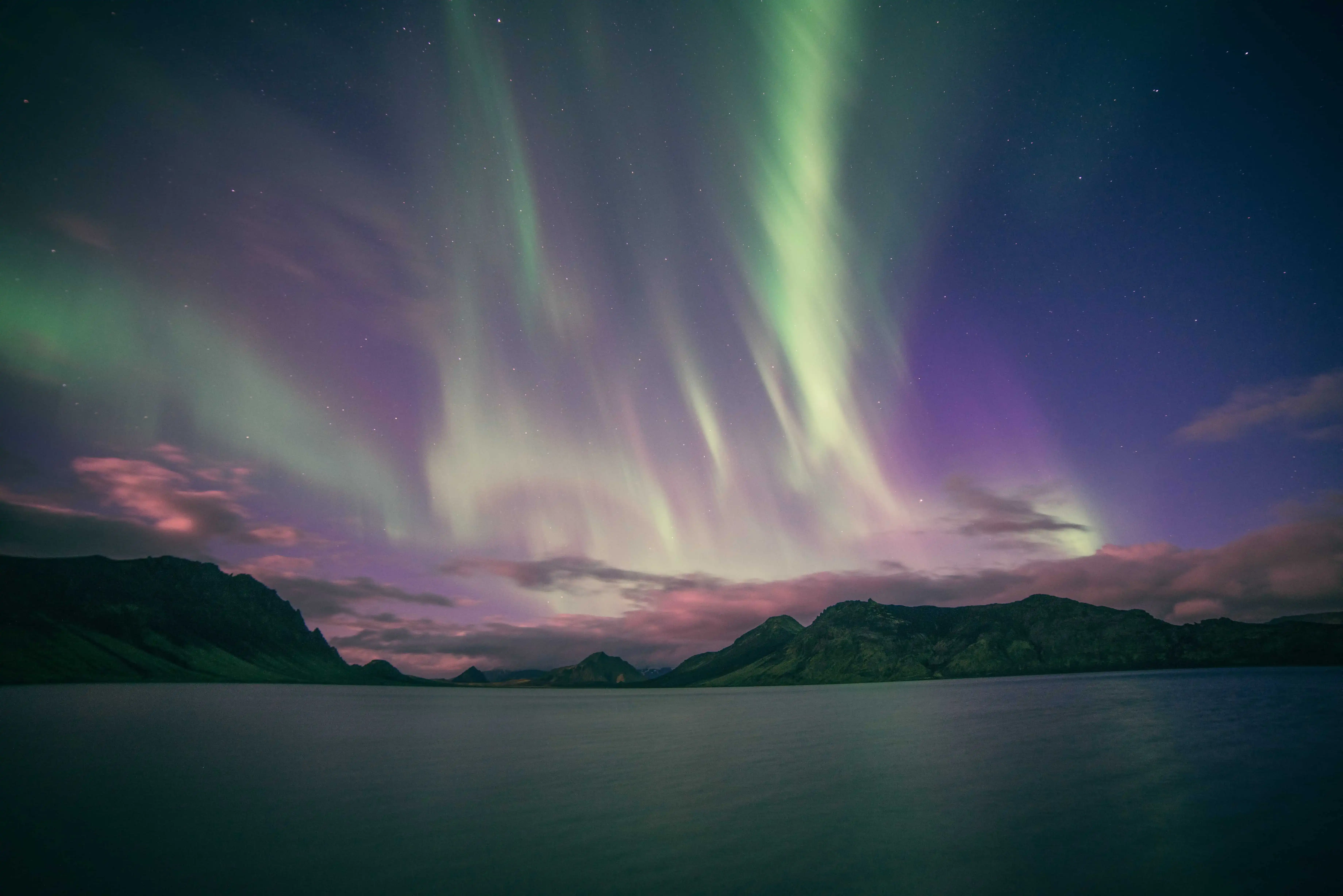The Celestial Symphony: Exploring the Wonders of Polar Lights

What Are Polar Lights?
At their core, polar lights are natural light displays in the Earth's sky. They predominantly occur in polar regions, near the North and South Poles. These captivating lights appear as colorful curtains or waves of light that dance across the night sky. The colors often range from green and pink to purple and red, creating a breathtaking spectacle.
The Science Behind Polar Lights
Polar lights are the result of interactions between charged particles from the sun and the Earth's atmosphere. Here's a simplified breakdown of the process:
- Solar Wind: The sun continually emits a stream of charged particles known as the solar wind. These particles carry an electric charge.
- Magnetic Fields: The Earth has its own magnetic field, like a giant magnet. This field extends into space and interacts with the solar wind. The Earth's magnetic field is strongest near the poles.
- Charged Particles Collide: When the charged particles from the sun collide with the Earth's magnetic field, they are channeled towards the polar regions. This channeling concentrates the interaction and intensifies the light display.
- Excited Gases: As these charged particles enter the Earth's atmosphere near the poles, they collide with gas molecules, such as oxygen and nitrogen. These collisions transfer energy to the gas molecules.
- Emission of Light: These collisions excite the gas molecules, causing them to release photons of light. Different gases emit different colors of light when they return to their normal state.
- A Dazzling Display: The collective emission of light by countless excited gas molecules creates the stunning visual display we know as polar lights.

Types of Polar Lights
There are different types of polar lights based on the altitude at which they occur:
- High Aurora: These occur at altitudes of 150 to 500 kilometers and are primarily red or pink. High auroras are less common but are known for their vibrant colors.
- Normal Aurora: These occur at altitudes of 100 to 250 kilometers and display a range of colors, including green and pink. Normal auroras are the most frequently observed type.
- Black Aurora: Occurring at altitudes below 100 kilometers, these are often red or crimson in color and are the most common type. They are often visible on the horizon.
Where can you see the northern lights?
Polar lights are most commonly observed in high-latitude regions during the winter months. In the Northern Hemisphere, prime viewing locations include Norway, Sweden, Finland, Canada, and Alaska. In the Southern Hemisphere, you can witness the Southern Lights in places like Antarctica, southern Australia, and New Zealand.
When is the best time of year to see the northern lights?
The best time to see the northern lights is during the winter months, especially around the equinoxes (September and March), when geomagnetic activity is often higher. These are the periods when the Earth's magnetic field is most aligned with the solar wind, increasing the chances of a dazzling display.
Tips for Watching Polar Lights
- Dark Skies: Find a location away from city lights to ensure a darker, more optimal viewing experience. Remote areas and national parks are great choices.
- Check the Aurora Forecast: Keep an eye on aurora forecasts to increase your chances of witnessing the lights. These forecasts predict aurora activity based on solar conditions and Earth's magnetic field.
- Patience: Be patient. Polar lights are a natural phenomenon, and there are no guarantees. Sometimes, a little waiting is well worth the breathtaking show. Bring warm clothing and refreshments to stay comfortable while waiting.
- Capture the Moment: If you're a photography enthusiast, bring your camera to capture the magic. Use a tripod and long exposure settings for the best results.
Why Are Polar Lights So Mesmerizing?
The allure of polar lights lies in their ethereal beauty and the rareness of their occurrence. The dance of colors across the night sky, set against a backdrop of stars, creates a surreal and otherworldly experience. They remind us of the wonders of our planet and the complex interplay between the Earth and the sun.
Cultural Significance
Polar lights have held cultural significance for indigenous communities living in polar regions for centuries. They are often seen as spiritual or mythical phenomena and feature prominently in folklore and storytelling.
Scientific Research
While polar lights are visually stunning, they also play a significant role in scientific research. Studying the lights helps scientists understand the Earth's magnetosphere, solar activity, and space weather. Researchers use various instruments and satellites to monitor and analyze auroras, contributing to our knowledge of the Earth's interaction with the sun.
In conclusion, polar lights, or the Northern and Southern Lights, are a natural wonder that captivates anyone fortunate enough to witness them. These enchanting light displays are a result of the Earth's interaction with the sun's charged particles, creating a breathtaking spectacle that has inspired awe and wonder for generations. Whether you're a science enthusiast, a lover of beauty, or someone interested in cultural and scientific significance, polar lights offer a magical experience that connects us to the mysteries of the universe.


